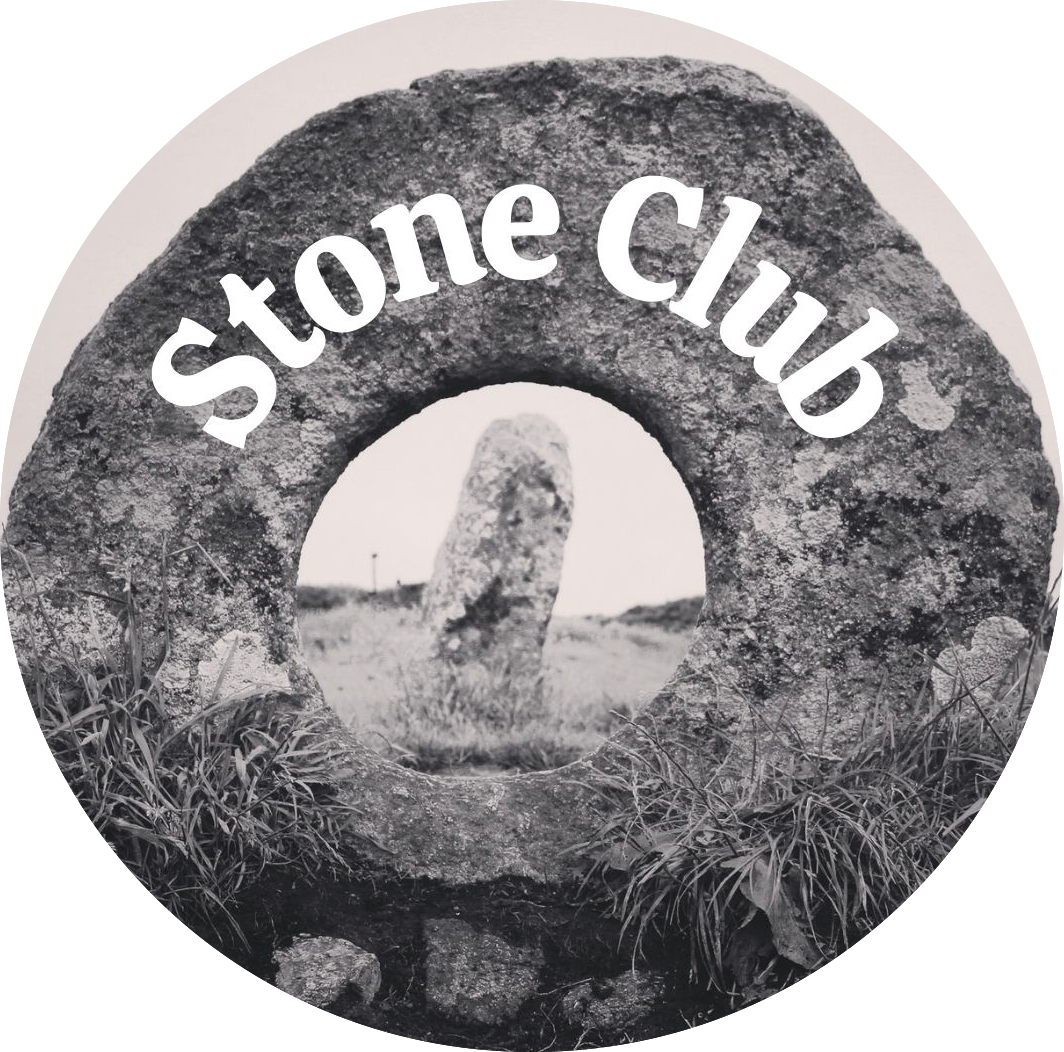Nat Guest (Member no: 696)
The Barmishaw Stone
Barmishaw Stone - reportedly old dialect, meaning “the ghost in the stone” - by far one of the clearest carving examples up on the moor
Member 696 took a trip up to Ilkley Moor (with her hat, you’ll be pleased to hear) to visit some of the extensive network of cup and ring carvings on the stones scattered across the moorland.
There are some 400 stones featuring petroglyphs across Rombalds moor, an area of moorland spanning the Airedale and Wharfedale Valleys in West Yorkshire and named after the local folktale of Rombald the Giant. The story goes that during an argument with his presumably equally super-sized wife, Rombald got so angry he stamped on a huge boulder, smashing it in two and creating Ilkley’s famous “Cow and Calf” rocks. Who amongst us has not got so mad they created a new rock formation?
The carvings date back to the neolithic bronze age, and many are now so weathered by the elements that they are almost impossible to make out. Member 696 headed first for the endearingly named Badger Stone, which features a (from this side of history) less endearing, carving of an unfinished swastika. At the Badger Stone, 696 met a nice bloke who was using an illustrated booklet of the carvings from the 70s to navigate his way from stone to stone, as though filling in a huge dot-to-dot across the hills and dales.
Together they shared a flask of tea and a hot cross bun, then navigated on to the nearby Barmishaw Stone - reportedly old dialect, meaning “the ghost in the stone” - by far one of the clearest carving examples up on the moor. As well as the usual cup and rings, the Barmishaw Stone also shows a local variation in the form of ladder markings - perhaps so that the ghost can climb up from wherever it is trapped.
Other local stones with interesting names include the Neb Stone, the Pitchfork (presumably this was where neolithic hipsters met to create early rock music), and the Pepperpot.
The 12 Apostles stone circle is also nearby.


